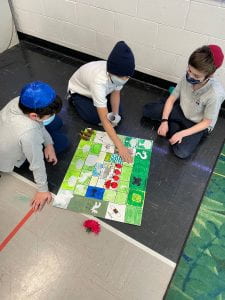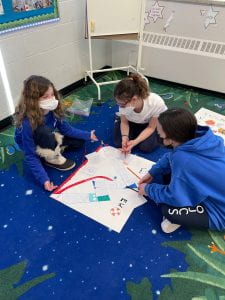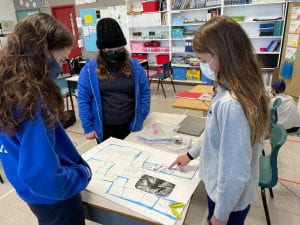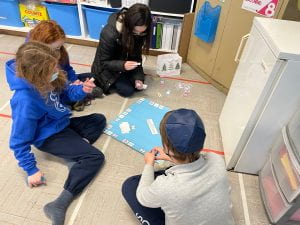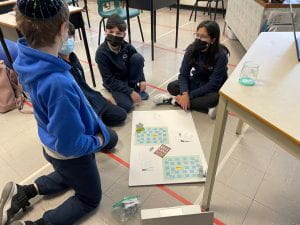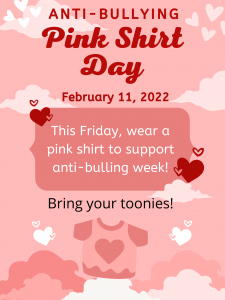Today we launched our Grade 6 Literature Circles. Last week students ranked their top 5 books. We will be reading the following novels:
- The Westing Game by Ellen Raskin
- Word Nerd by Susin Nielsen
- And Then There Were None by Agatha Christie
- The Diary of a Young Girl by Anne Frank
- The Sky is Falling by Kit Pearson
Students can find their groups by accessing this document: Grade 6 Book Club
Some students are at home this week and do not have their books with them. You are still expected to read (to ensure you don’t fall behind). You can Google a PDF version of your novel to utilize while at home. Additionally, you can use this website: https://archive.org/
| Grade 6 Literature Circles
Goal: Create a community of learners/enhance our reading skills |
||
| Date | Reading Strategy | Activity |
| May 30th | Introduce books, groups, expectations, set reading deadlines | |
| Week 1 | Visualizing | Friday, June 3rd |
| Week 2 | Making Connections | Thursday, June 9th |
| Week 3 | Summarization | Friday, June 17th
Book needs to be complete by this date |
| Wednesday, June 22nd | One-Pager Final Projects Due (Class Showcase) | |
Reading Strategies
- Visualizing
- Creating connections
- Summarizing
Your book needs to be finished no later than Friday, June 17th. However, as you read you can begin creating your One-Pager Final Project. Each week we will focus on a particular skill. Groups will work on an activity together towards the end of the week (see the schedule above). However, each student will be responsible for individually creating their own One-Pager Final Project.
Click here to access the One-Pager Final Project.


